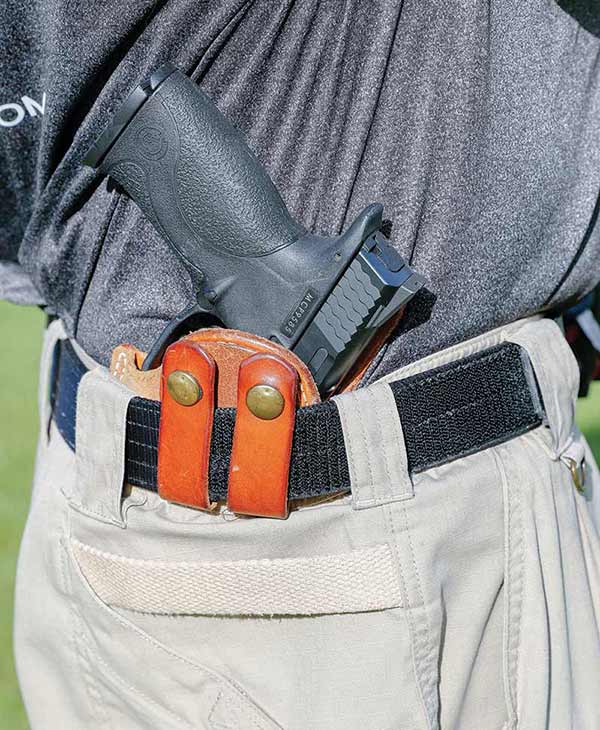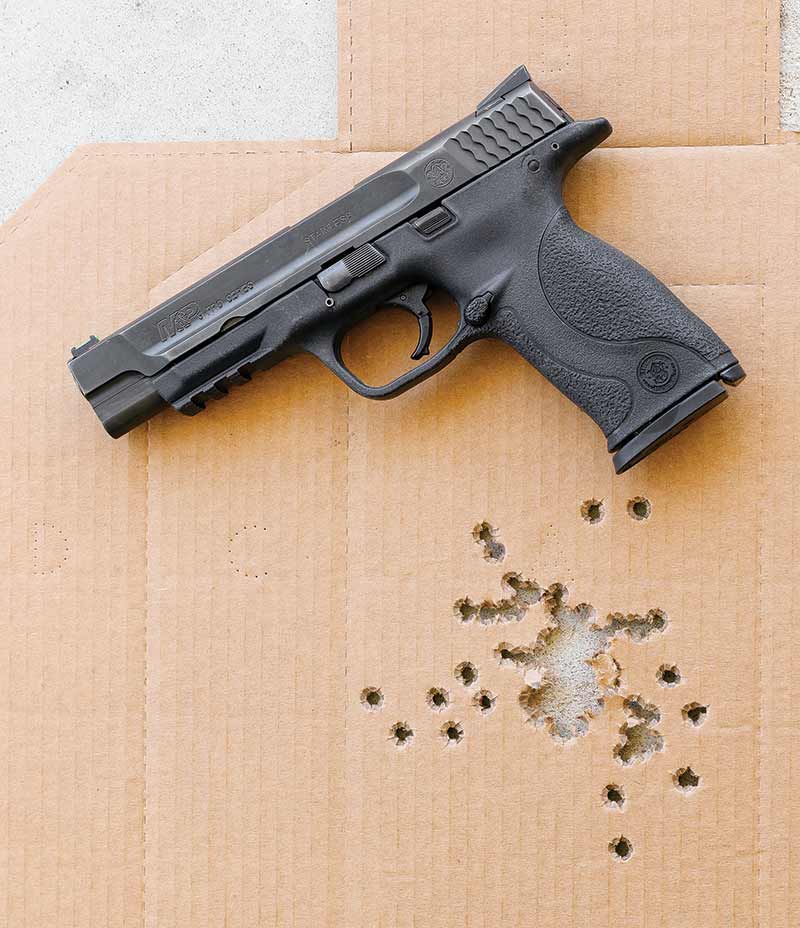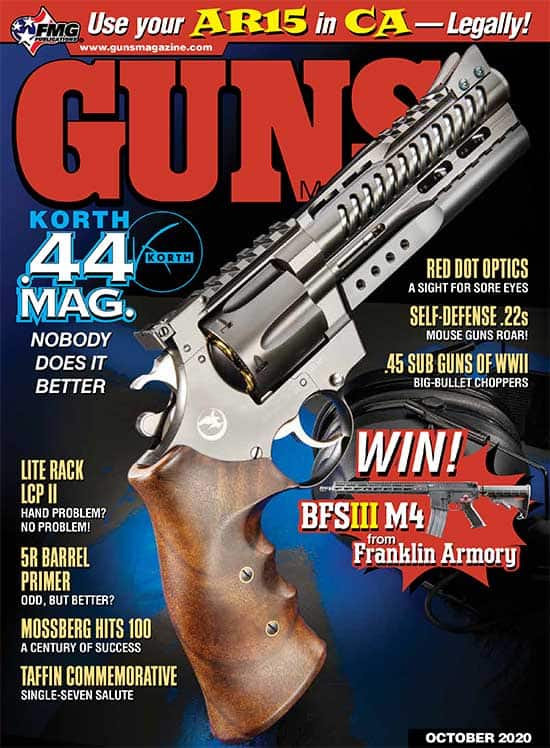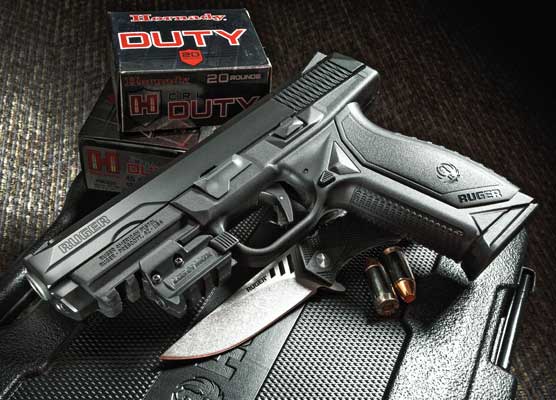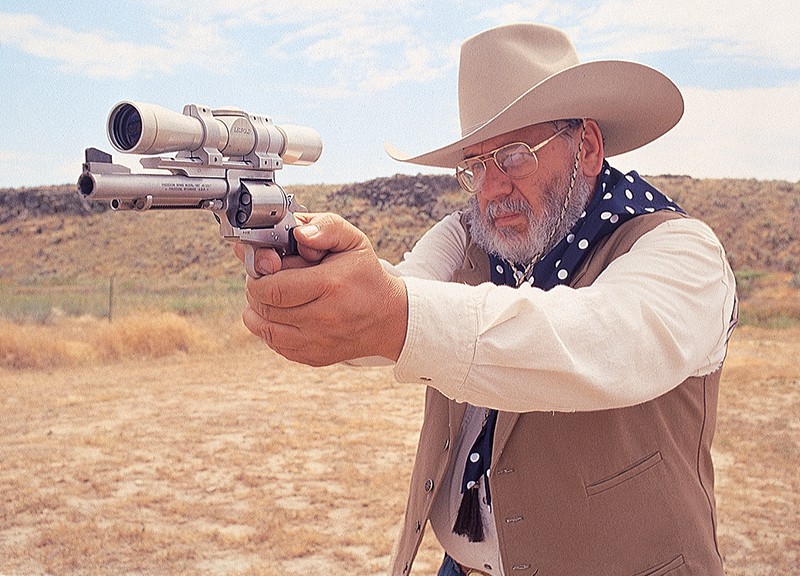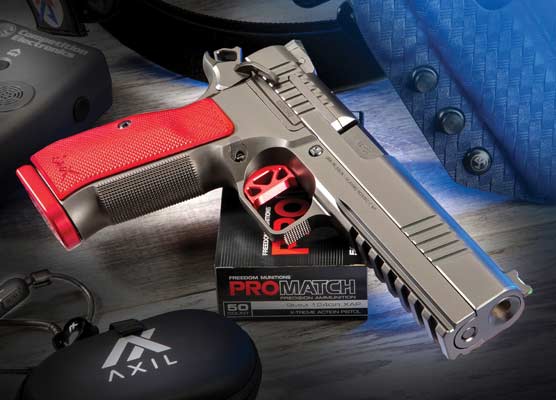Vetting the Defensive Handgun
Does your gun deserve your trust?
As the boredom of the COVID-19 shutdown started getting to me, I felt the urge to change carry guns if only as a change of pace. As my eyes roamed through the gun safe it occurred to me I hadn’t written about vetting a carry or home defense firearm.
Format
Most folks can get by with a bigger home defense gun than concealed carry gun. The first-time pistol-packer tends to err on the far ends of the bell curve: a gun too feeble for self-defense because, paranoid about it being spotted, they wanted something super-tiny. Alternately, they carry something almost “Dirty Harry”-size they soon find is too much, too soon, to comfortably conceal and carry.
The pistol I chose from the safe wasn’t too big. It was a Smith & Wesson M&P Pro, with a 5″ barrel and a capacity of 18 rounds of 9mm. It fit perfectly in a Summer Surprise inside-the-waistband holster, an homage to the late Bruce Nelson by the brilliant leathersmith Elmer McEvoy at Leather Arsenal in Idaho. With a forward “FBI tilt,” it rides comfortably behind my hip at an angle keeping the long grip-frame from protruding rearward.
Reliability
I knew this gun had a four-figure round count and was clean when it went into the safe, but I gave it a quick field-strip and re-lube anyway. I couldn’t remember it ever malfunctioning on me before but I figured it needed at least a hundred rounds or so to verify. On a new gun, I’d have wanted a minimum 200 with 100 percent function. When I’m testing a carry gun, the actual carry is the last phase of the test. A defensive firearm, by definition, is a safety rescue tool — reliability is a non-negotiable baseline.
Shootability
The gun’s features taken in context with the shooter’s attributes — size and strength, particularly in the hands, and also experience and habituation — combine in the very subjective element we call “shootability.” Hand fit is important, and this isn’t just, “it feels good” but “can the user shoot it quickly and accurately?” A big element of this is trigger reach, measured from the web of the shooter’s hand in line with the long bones of the forearm to the face of the trigger. I seem to shoot a little better when I can get the distal joint of my index finger centered on the trigger for more leverage, so the S&W M&P with its standard grip fits me perfectly in this regard. Another element is “pointing”: when you bring it up on target, are the sights in line as opposed to pointing up or down? This isn’t just for point-shooters who fire from below line-of-sight because the shooter who uses aimed fire will be faster if the sights come to his or her eye already in line. The M&P fits me for both.
Accuracy
You need accuracy — 4″ groups at 25 yards are generally considered acceptable and I for one look for twice as tight. Accuracy isn’t just grouping, though. It’s also POA/POI: does your Point Of Impact coincide with your Point Of Aim? From a Caldwell Matrix rest at 25 yards I confirmed a 127-gr. +P+ hit a bit high and 147-gr. subsonic higher, while 124-gr. +P was a bit low but 115-gr. +P+ was spot-on for elevation and windage.
Shootability has to be determined on the range and if you’re serious about it, you’re judging both speed and accuracy to verifiable standards. This is why an electronic gunshot timer is so critical to personal skill development. Where do the standards come from? Google “practical pistol shooting drills” and you’ll find an abundance of widely used tests to let you know where you stand and where the sidearm in question stands compared to others when in your hands.
With the M&P Pro, I started with Bianchi Plates — 8″ steel disks at 11 yards with the 6-plate table run four times the way they do at GLOCK matches. I shoot a few GSSF matches a year and their on-line score sheets (www.gssfonline.com) give me a ready comparison for time. The S&W took 24 plates with 25 shots at about my average competition time.
On paper targets, a good test is Larry Vickers’ 10/10/10 drill: 10 shots in 10 seconds from 10 yards on an NRA B8 bulls-eye. The M&P Pro kept them all in the black with a 99 out of 100 score, the lone 9-point hit being my fault, not the gun. I made it by less than half a second (9.54 to be exact) but I’ll take the blame there too. Finally, I ran a 60-shot qualification course and the gun cleaned it. Not my tightest group over the course but not my worst either.
Altogether, this process allowed me to carry the pistol with confidence. If you haven’t done something like this with your own carry or home defense handgun, I’d strongly suggest you do. Confidence feeds competence and competence feeds confidence, like yin and yang completing a circle — what you want the gun to deliver when you’re running it.

Sign up for the Personal Defense newsletter here:

